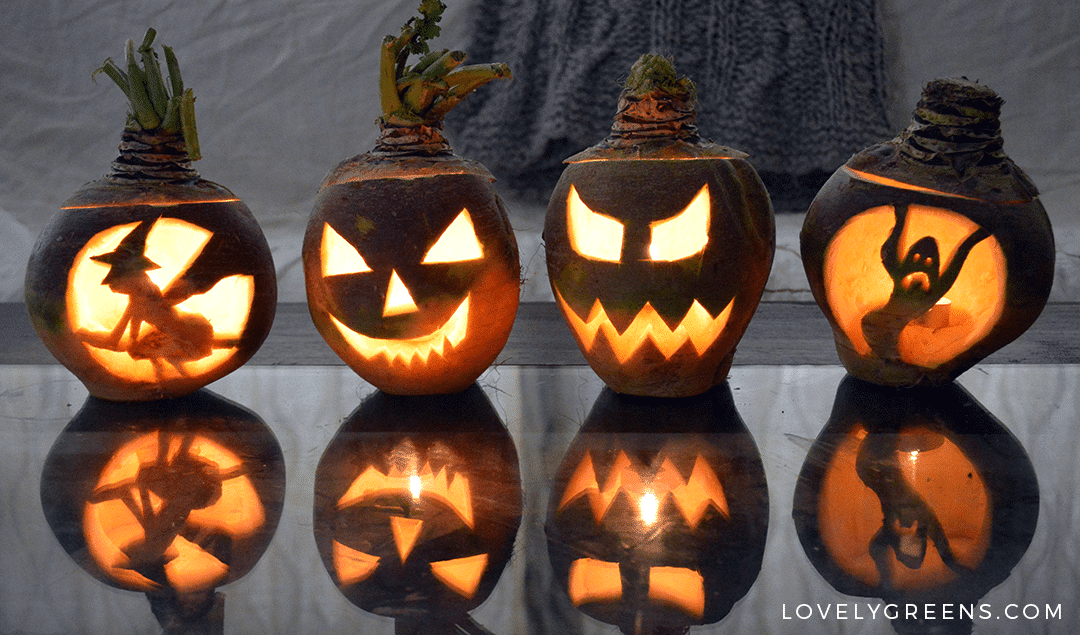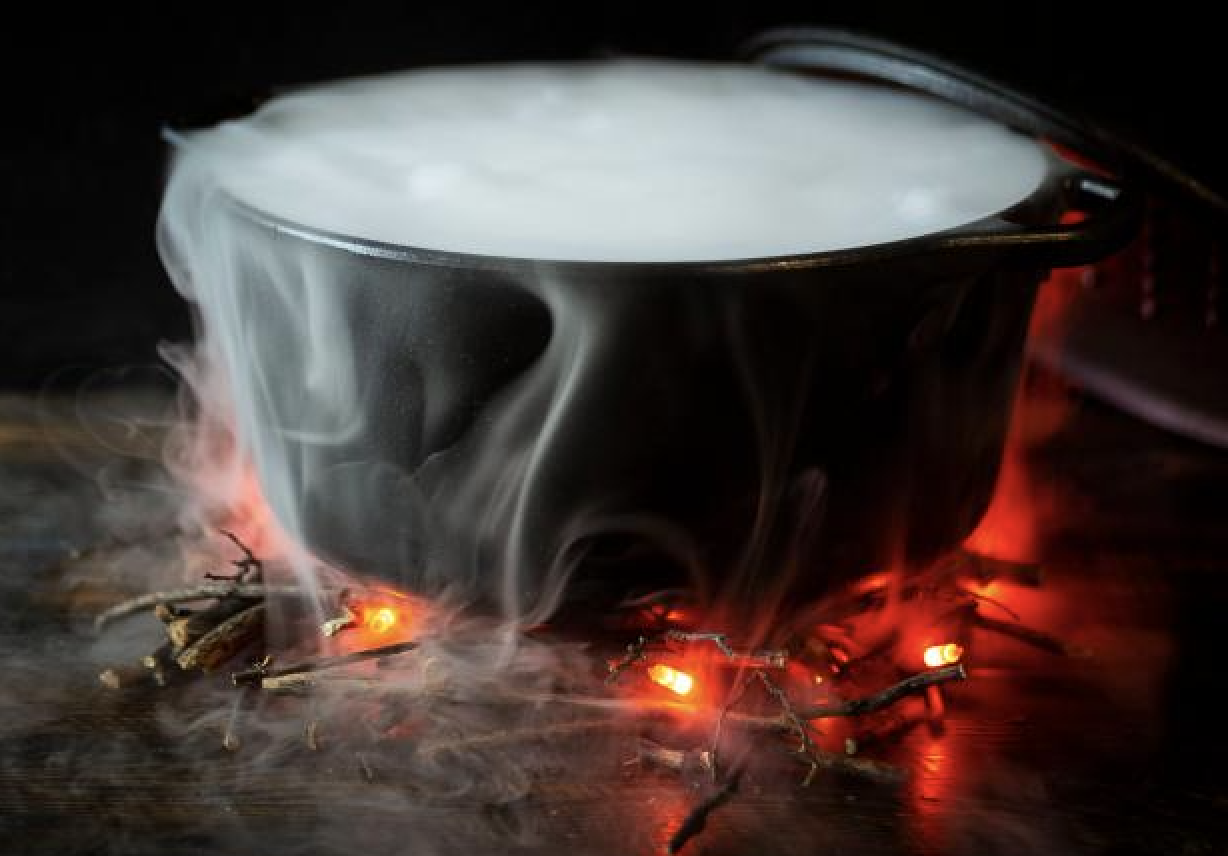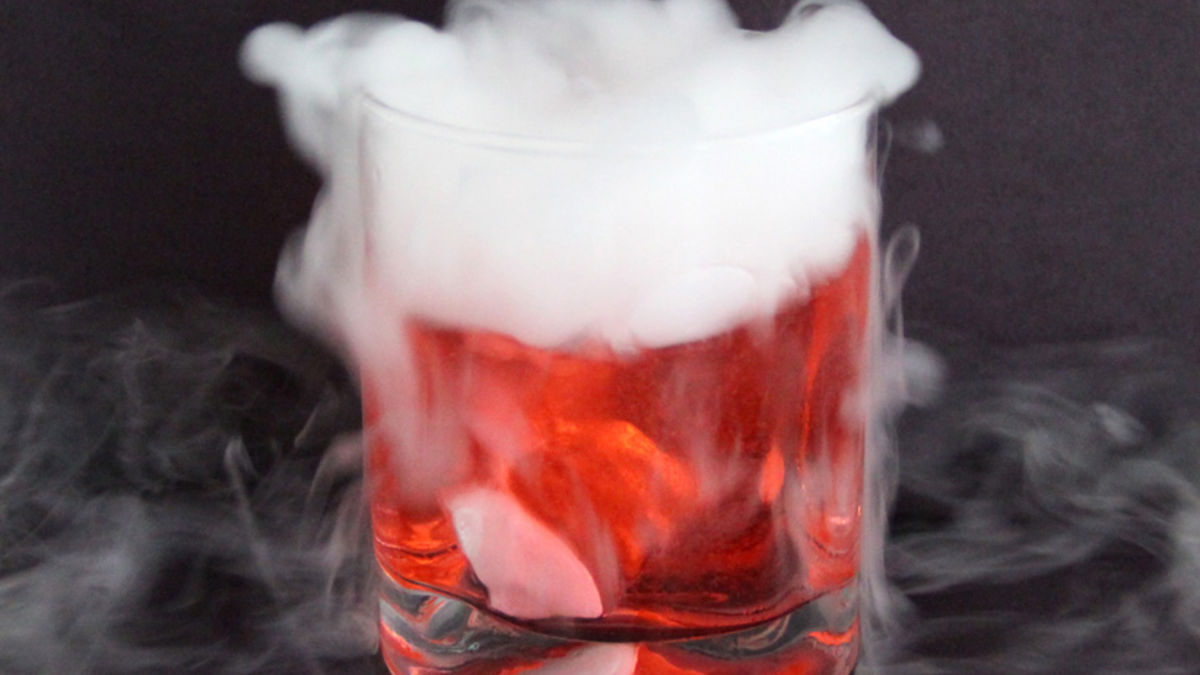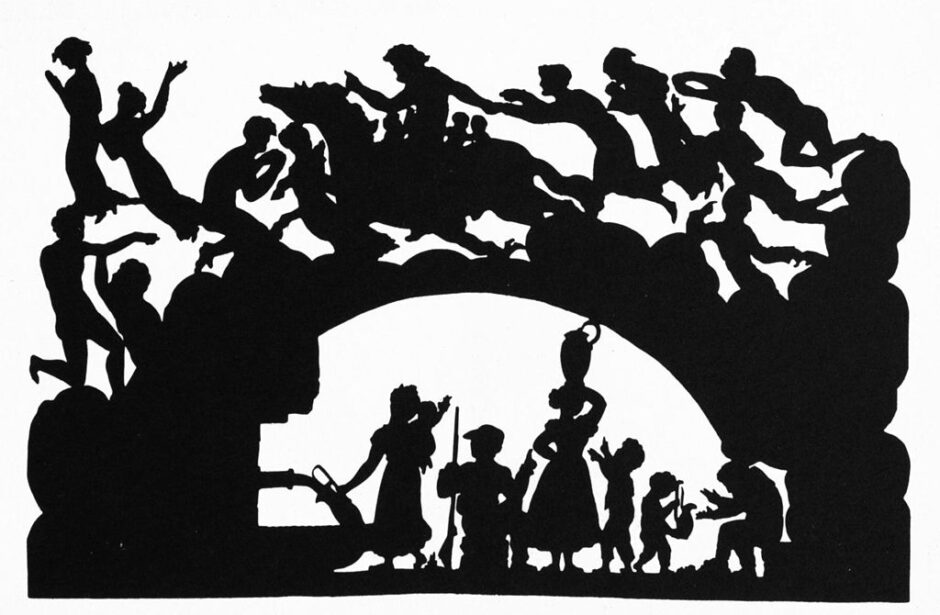A chilling scream rang out. The guests, already spooked after the reading, looked at each other horrified in the darkened room, lit only by a Hellish red glow as a fiendish fog crept slowly along the hall.
I have always loved the concept of Halloween. I love it almost as much as I despise what it’s become, so I sort of span both sides of the argument. I think devoting all of October to peddling tacky Halloween merch is an obscenity. I see today that even Google has succumbed with little animated ghosts floating up my screen when I hit the search bar. Very cute.
And the shops? Maybe if the Rider of the Apocalypse could do a circuit of each high street, it might cool the shopping frenzy. Then again, it might fuel it further, as people would think the Riders just another prop instead of the ultimate omen of death and destruction.
A visiting alien might be forgiven for thinking that Halloween is a craft way for retailers to fleece the gullible public. Tacky or fun, to me, it opens boundless imaginative creativity. I find the concept of ghoulies and ghosties and things that go bump in the night horrifyingly mesmeric.
Halloween (Hallowe’en) or All Hallows Eve was initially celebrated on the Eve of the Western Christian feast of All Saints’ Day. It began with the observance of All Hallowtide, the time in the Church year dedicated to remembering the dead, including saints, martyrs, and all the faithful departed. It’s still an important occasion for the Christian Church.
It’s not hard to make the leap from a night remembering the dead to ‘guising’, which is how we celebrated Halloween in Scotland, where I grew up. Guising is dressing up as magical or frightening creatures or characters from a story, waiting till dark and lighting up your pumpkin lantern, and hitting the trail of neighbouring houses to fill your bag with sweets or money as a reward for the dress-ups. Thinking about it, we didn’t have pumpkin lanterns; we had to make do with turnips, but they were just as convincingly scary.
We didn’t know about ‘trick or treating’, and there was no Halloween merch to be had, so we made, or rather my mother made, costumes for my sister and me. We were lucky because Mum was a fantastic dressmaker and created some stand-out costumes. One year, I was radiant as Marie-Antoinette, dressed as a shepherdess complete with powdered wig and crook. My mother wasn’t sufficiently gruesome to provide a bleeding, detached head, but I’m sure people got the idea. We revelled (literally) in the whole thing.
Lit by our creepy turnip lantern, all costumed up, we’d creep out into the pitch-black Highland night on our way to what adventure and riches—or at least a handful of Quality Street chocolates—scaring ourselves witless by telling ghost stories between house visits.

Where we got from there to today’s almighty homage to the God of Landfill, only perhaps only their nemesis in the fiery realm can say. In any case, it got me thinking about memorable Halloween’s past. One stood out from my London days when I was a rebounding divorcee in my early thirties enjoying the party scene. I decided to host an intimate Halloween dinner party for eight. I then got into it with the gusto of Mephistopheles in search of souls to barter. I figured I’d share my blueprint.
While it was a small gathering, I saw a total immersion experience from the initial invite to the menu to what they saw when they came through my front door to an after-dinner spooky story session. With help from my designer sister, a sufficiently macabre invite materialised—people were invited to A Dinner to Dye For—in a demoniac script in dripping blood. I offered a prize for the best costume to get people focused.
Creating a menu that rose diabolically to the occasion was fun. I decided on three courses, but they all needed to be reasonably simple and preferably dishes I could prepare in advance as I had a lot of other alchemy to work on the night. But they also needed to have creep quotient. Here’s where I landed:
Starter: Devils on Horseback (what else?)
Main: Bat out of Hell Pie
Dessert: Mordor Mess
To add hellaciousness to the Devils on Horseback—baked prunes or dates wrapped in bacon— they sat on an inferno of chopped red chillies. As an aside, the first mention of the dish was in an American magazine, The Country Gentleman, in 1885. They were called devils because they were served devilishly hot.
Bat out of Hell Pie gave meaning to the invite as it literally was to dye for. I turned the potato topping fiery red with cochineal and picked out a bat on top using sliced black olives. Adding cayenne pepper brought additional fire and brimstone to the dish, achieving the desired hot as Hades temperature.
I based the Mordor Mess on the better-known Eaton one. More cochineal here, turning the cream as black as the vacuum in the Nazgûl king’s eyes (or as close as I could get). The accompanying summer fruits (frozen given the time of year) needed no help, and I used edible food paint to transform the (bought) meringues from cream to flame red and orange.
The whole ungodly shebang could be prepared and assembled in advance. The mess was cold, and the first two courses were ready to be reheated in the oven. So far, so good.
Next, for spooktacular staging. I was living in a beautiful Victorian ground-floor flat at the time. The main rooms led off the front section of the hallway, which had a slight dog-leg and two steps down to the dining room and galley kitchen to its rear. It was a perfect setting for an amateur to ‘stage’ because guests could see the dining room from the front door.
Mood music as people arrived— there was no choice here. It had to be Saint Saen’s spectacular, Dans Macabre, on a taped loop (no smart devices in those days as it’s only about seven minutes in length. My ghostly, ghoulish, and horrific props included the usual suspects—red light bulbs in every light fitting, a massive sprayed-on cobweb with a beastly black spider at the centre covering the dining room door frame.
The piece de resistance was intended to be deploying dry ice (solid carbon dioxide)—the stuff used in theatres to create an effect of low-lying fog- and I imagined fogging up my hallway to add to the sinister impression. Epic fail! With no Internet or time for research, I had no earthly idea how to use the damned stuff, no one to ask. I bought it from some medical supplies shop, and they weren’t exactly up on the theatrical potential of their product. Of course, professionals use a machine. All I knew was that you added water to achieve the fog but couldn’t figure out how to disperse it. I tried using a blow heater, but that only made the fog rise and ruined the vibe.
Running out of time, I gave up on that idea and just put blocks of the dry ice and quickly improvised ‘cauldrons’ …double, double toil and trouble…on a plinth at the dog leg in the hallway and on the mantelpiece in the dining room. The one in the dining room had evil-looking snakes spilling over the sides. When I added water, the fog rolled out over the edges of the ice bucket and cascaded to the floor. It looked incredible, but you had to keep adding water to maintain the effect. My guests were happy to oblige with this because it was so cool.

At one point, some of the ice landed in the kitchen sink, and someone had the wit to make a tray of faux-foaming cocktails at one point. Throughout the evening, finding innovative ways of using the ice became something of a competition. It was wicked fun! Of course, there was a pumpkin lantern as the table centrepiece—a pity it didn’t occurred to us to insert a block of dry ice

Everyone’s got a ghost story, right? So, the main after-dinner event was to get the guests to share theirs and di, they are ever. We heard about close encounters of the spectral kind, apparitions, photos that captured mysterious figures and other tales of the scarily unexpected.
The final part of the entertainment leading up to the Witching Hour was reading The Horla, French writer Guy de Maupassant’s 1987 very dark story about a supernatural presence that torments the protagonist. In the form of a journal, the narrator, an upper-class, unmarried bourgeois man, conveys his troubled thoughts and feelings of anguish. This anguish occurs for four days after he sees a “superb three-mast” Brazilian ship and impulsively waves to it, unconsciously inviting the supernatural being aboard the boat to haunt his home. It gets creepier and creepier, but I won’t do a spoiler alert and just leave the rest to your imagination.[1]
I split the journal entries between the guests so everyone read parts in rotation. I’d timed it so that the telling would end just before midnight. Almost as soon as we’d finished, a piercing scream rang out, which tailed off into a ghostly wail. My guest nearly jumped out of their seats. I’d taped the scream at the end of a cassette and set it to play before we started the read. It was the perfect end to the dinner, although we went on for some time after that.
The final thing was a secret ballot for best costume; my friend B won it. B’s costume was a masterpiece of macabre. He transformed himself into Charon the Ferryman, who, in Greek mythology, carried the souls of the dead across the rivers Styx and Acheron to the underworld, which separated the world of the living and dead. He had whited out his face and used black and grey makeup to transform his eyes into shadows. A long black hooded robe and lantern on a pole completed the terrifyingly Hadean ensemble.
It truly was a Halloween dinner to dye for. It was so much fun…apart from having to find a way to remove splatters of Mordor Mess from my dining room curtains the next day. How in Hell did that happen?

Sadly we forgot to take photos, so any thanks to the following for the inspiring images:
- Lovely Greens showing how to make incredible turnip lanterns—www. lovely greens.com
- HGTV for an incredible and sometimes improbably number of ways to use dry ice—www.hgtv.com/lifestyle/holidays/halloween-magic-make-a-wicked-wine-cauldron
[1] https://en.wikipedia.org/wiki/The_Horla

